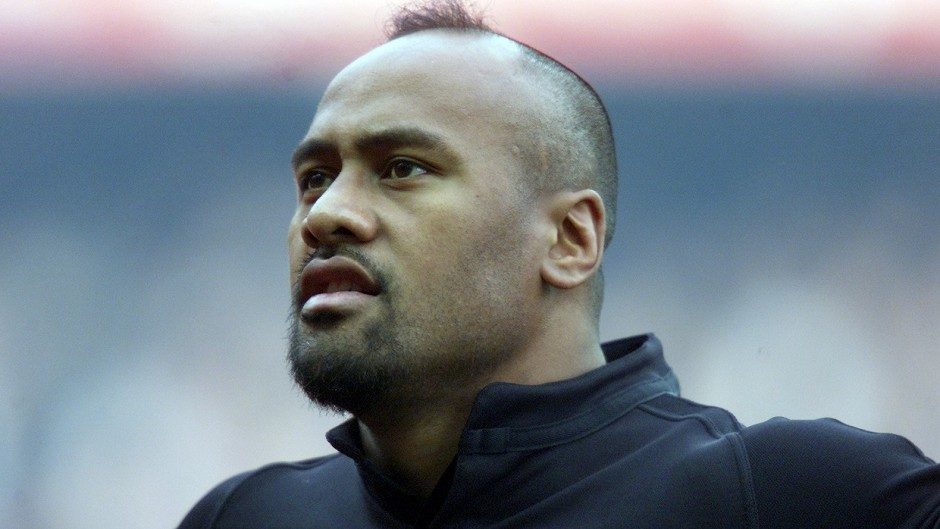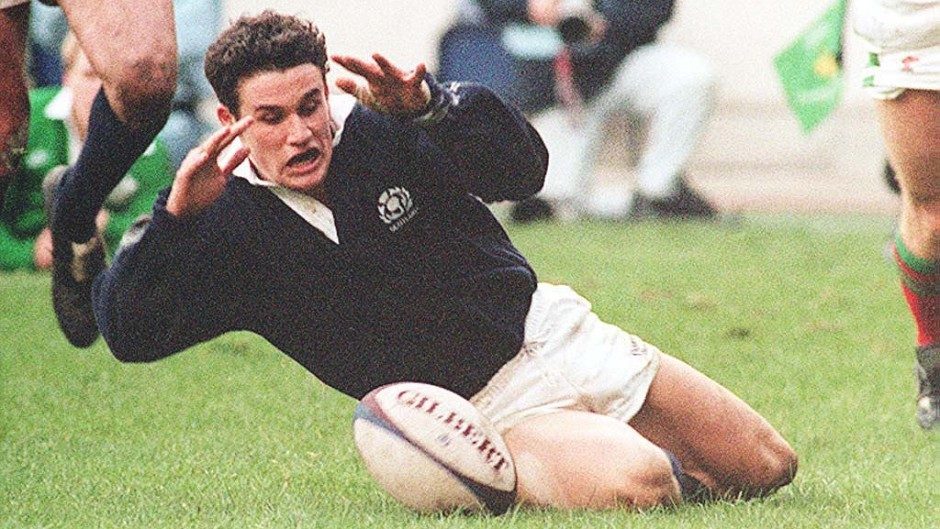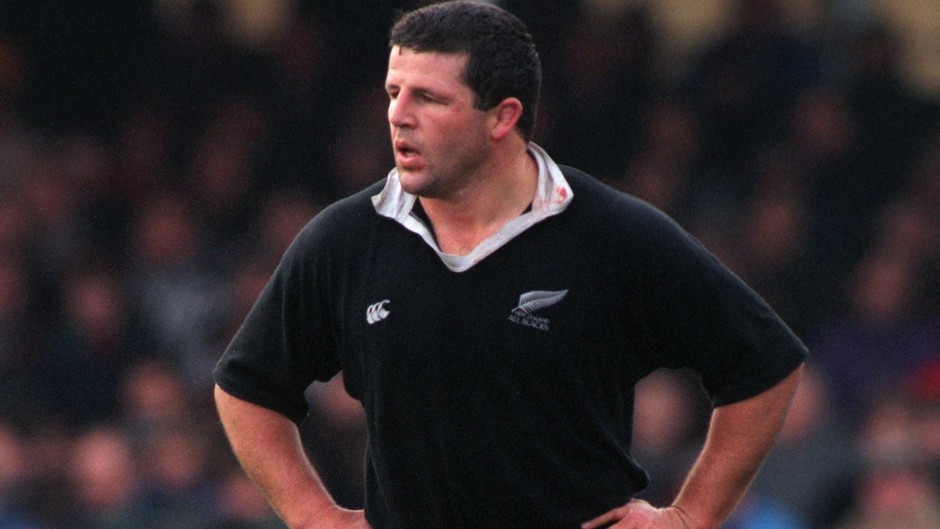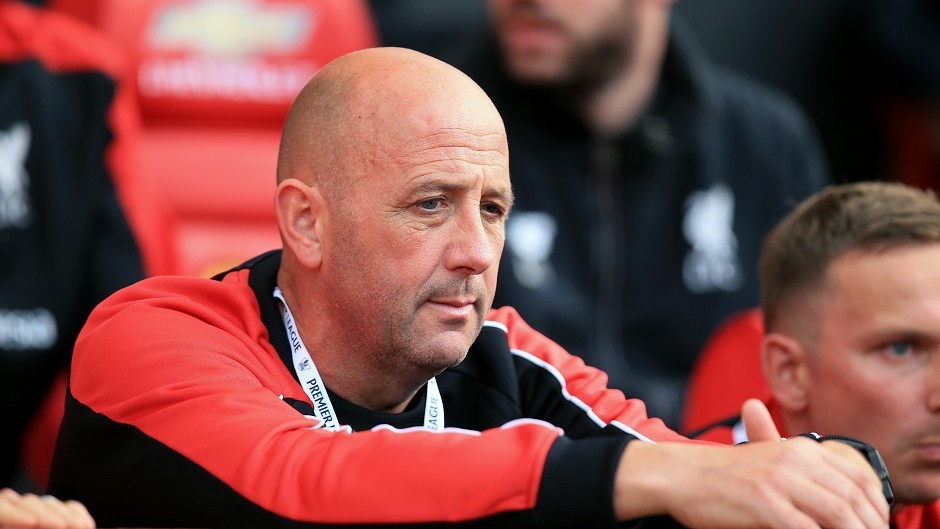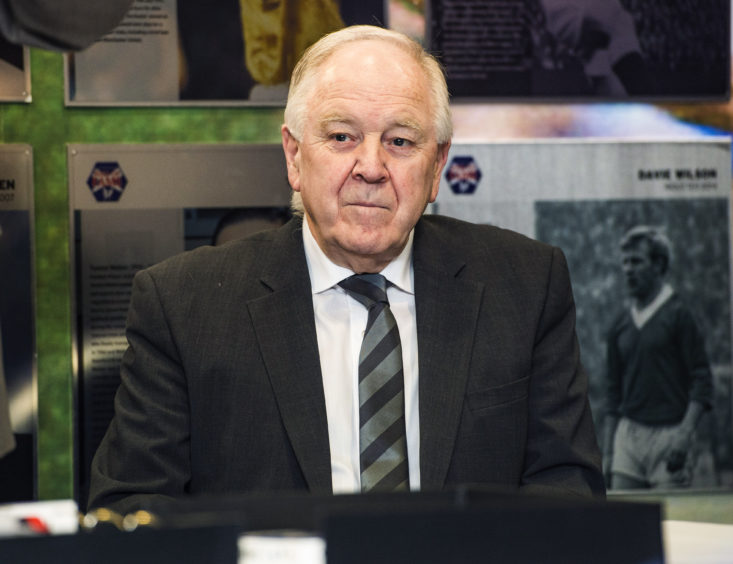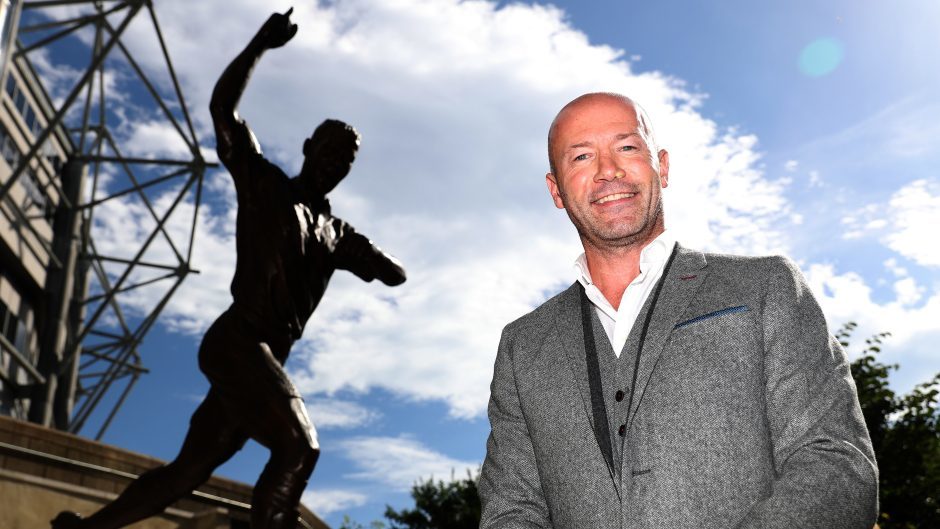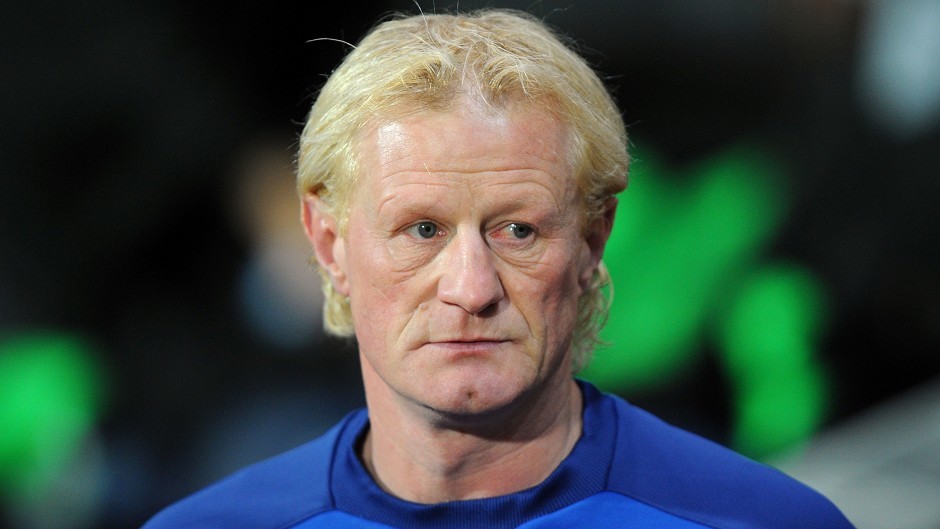It might sound as if I had inadvertently wandered into an episode of The Twilight Zone.
After all, how else could I have managed to watch Scotland’s rugby and football teams being beaten by New Zealand and England in 1996 when both games kicked off at 3pm?
Land of the Long White Cloud
Yet the answer is pretty straightforward for anybody who has ever had to grapple with the substantial time difference between the Northern and Southern Hemispheres.
In simple terms, having travelled to the Land of the Long White Cloud to cover the Scots’ two-Test series against the All Blacks, I found myself at Carisbrook in Dunedin on Saturday, June 15, and sat through a contest which featured 93 points, 11 tries, a bravura showing from 20-year-old Christian Cullen, and another reminder of Jonah Lomu’s ability to drag would-be tacklers along with him like a concrete tractor.
In advance of heading off to the stadium, I had already agreed to check out another assignment later in the evening – or rather in the early hours of the following morning, when Scotland met the English in their European Championship clash at Wembley.
And, considering that battle of the Auld Enemies didn’t commence until 2am on Sunday in New Zealand, this was always going to be one of those weekends with the potential to become the sporting equivalent of slow water torture.
Bill McLaren
En-route to Carisbrook, the late, great Bill McLaren was in typically fine fettle.
As usual, he had done his homework meticulously on both sides and was purring at the prospect of watching Cullen for the first time.
“He scored a hat-trick on his Test debut against Samoa, and I’ve heard a lot of great things about him,” said the Hawick maestro.
”I’m also a wee bit worried about that man Lomu. The last time he played against Scotland was in the World Cup (in South Africa) and I bumped into him yesterday and he looks in formidable shape.
“And, apparently, he and his teammates are still hurting from losing in the final to the Springboks (12 months earlier).”
His words proved eerily prophetic once we had sat through Flower of Scotland and the Haka in front of more than 30,000 New Zealand aficionados.
The fans were pleasantly ruthless, genially aggressive, and severely critical of any mistakes from their heroes who eventually recorded a 62-31 victory.
Grousing from the stands
Yet, while many of us marvelled at the sleight of hand and mesmerising skill of Cullen, who crossed for four tries during a spellbinding display, the home supporters vented their displeasure at how often the All Blacks themselves were cut open by their rivals.
It highlighted the gulf between the expectations of both combatants. The All Blacks amassed eight tries, with the others coming from Lomu, Ian Jones, Justin Marshall and Andrew Mehrtens, but there was plenty of grousing from the stands at the end.
One of the home journalists later asked Sean Fitzpatrick if he was concerned that his men had conceded 31 points, with the tourists’ tries coming from Joiner, Eric Peters and Gregor Townsend, while full-back Rowen Shepherd enjoyed a good day with the boot.
Fitzpatrick looked a shade surprised at the question, but admitted there had been some slackness in the All Black defence.
Sobering reminder
And he was vexed by their perceived lack of killer instinct.
Which was a sobering reminder to those us from Scotland of the astonishing standards these fellows have set themselves.
Even a 30-plus-point win wasn’t sufficient.
A few hours later, most of New Zealand was still probing and scrutinising rugby matters. The football – or “soccer” as it was disparagingly described – wasn’t remotely on the radar.
A small group of Scottish fans, who hadn’t been expecting anything from the rugby, but journeyed thousands of miles to follow their team, gradually gathered in a couple of Dunedin hotels to see whether there might be better news at Wembley.
I wasn’t among their number. Instead, I had set out to look for a little community outside Dunedin – called Hampden!
I had thought it might be amusing to file a report from a setting named after Scotland’s national stadium, but the idea was better in theory than practice.
Middle of nowhere
There was, for instance, the fact that the football didn’t start until 11 hours after the rugby. The locals were safely tucked up in their beds.
Nor did it help that this particular Hampden wasn’t even a hamlet or a one-horse town.
The taxi driver didn’t have access to GPS, and eventually we found ourselves in the middle of nowhere, with the road in front of us becoming increasingly frosty (it was winter in New Zealand and my flight to Dunedin from Auckland the previous Wednesday had been cancelled because of a blizzard).
So far, so exasperating. But there was still the exquisite agony to endure of sitting through another painful experience as Scotland slipped to a 2-0 reverse in London.
At the Pacific Park Motel, we wondered if our long vigil would reap dividends.
But on the contrary, it turned into another of the familiar hard-luck stories which permeate our sporting culture.
During the goalless first half, there were sufficient signs of nip in the terriers to provide cautious optimism, but we’ve been in these positions often enough.
The few Saltire-clad supporters still capable of articulating a recognisable sentence remained upbeat, even when Alan Shearer latched onto Gary Neville’s cross to put his team in front.
They were right to keep the faith, but as chances came and went, with David Seaman making a terrific save from Gordon Durie, that nagging feeling grew.
It wouldn’t do, though, for the Scots to simply flirt with misfortune, as was amply demonstrated during a mad two-minute spell which has now entered the history books or the chamber of horrors, depending on your perspective.
Brilliance from Gazza
First, after they were awarded a penalty, Gary McAllister stepped up to take the spot kick – even as our small Tartan Army enclave in Dunedin screamed for Ally McCoist who had come on as a second-half substitute – and his effort was saved by Seaman.
Then, barely before the sickening disappointment had registered, let alone subsided, came an unforgettable moment of brilliance from Gascoigne – whose goal was from the very top drawer and sent Scottish spirits sinking.
Gazza, a man who didn’t so much live as if there was no tomorrow, but precious little left of today, latched on to the ball, lobbed it over Colin Hendry, and then caught it on the volley to score past his Rangers colleague, Andy Goram.
Even at this distance, it was sublime and, as Hendry said: “You’ve got to hold up your hands at times and just admit it was a great piece of skill.”
Death of a legend
There was no arguing with that analysis, but it didn’t diminish the deflation. The fans could at least drown their sorrows or head to their beds. But I had to provide some colour, bring a smile to people’s faces – some hope – and send it over by the now archaic method of telephoning a copy taker back in Edinburgh – where it was around 6pm.
It all feels like another time, another place, in another world.
At least, or so I thought, there was some recompense when the jazz standard Manhattan came on in the motel.
”It’s sad news, isn’t it?” said a female bar worker. “She was one of the greats.”
And that was when I discovered the jazz legend Ella Fitzgerald had died.
Yes, it was definitely a day to remember!

